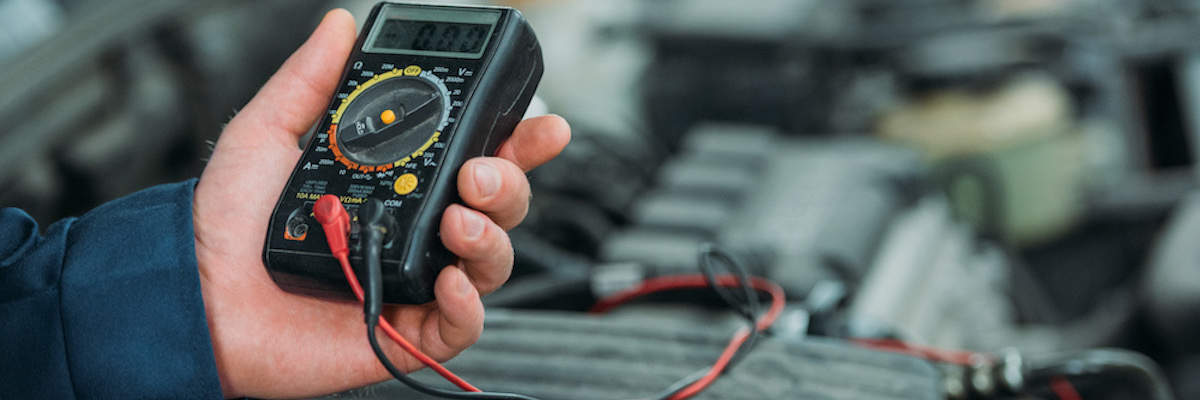How to Check the Starter Relay On Your Vehicle

How to Test a Starter Relay
A vehicle’s starting system is a symphony of components, with the starter relay playing a vital role. This small yet critical device acts as the liaison between your car’s ignition switch and the starter motor. When your engine refuses to start, a faulty starter relay might be to blame. In this comprehensive guide, we’ll explore various methods of how to test a starter, empowering you to diagnose potential issues and get your vehicle back on the road.
How to Test a Relay: Understanding the Role of a Starter Relay
Before diving into methods of how to test a relay, it’s essential to grasp the function of a starter relay. Acting as an on-and-off switch, the relay facilitates the flow of electrical current from the battery to the starter motor when you turn the ignition key. This seamless transition of power initiates the engine’s cranking process. However, if this process isn’t smooth, it’s time to assess your starter relay’s functionality.
Tools You’ll Need for Testing
To begin your diagnostic journey, gather the following tools:
- A digital multimeter
- A jumper wire
- Basic hand tools
Step-by-Step Guide on How to Test a Starter
Follow these steps on how to test a starter relay, and check the functionality of your starter relay:
- Locate Your Relay: Typically housed in the engine compartment’s fuse box, the starter relay is identifiable as a small, square or rectangular component with multiple pins.
- Visual Inspection: Conduct a visual examination to identify any visible damage, corrosion, or loose connections that may affect the relay’s performance.
- Testing Continuity: Utilize your multimeter to test for continuity or resistance across the relay’s terminals, ensuring there are no breaks in the electrical path.
- Check for Power: Verify that the relay is receiving the necessary electrical input by checking for voltage at its power input terminals using your multimeter.
- Jump the Relay: Temporarily bypass the relay by connecting a jumper wire between its power input and output terminals. If the engine cranks, the relay may be faulty.
- Resistance Testing: Measure the resistance across the relay’s coil terminals to identify potential internal issues.
Test a Relay & Replacing Your Starter Relay
After conducting these tests, carefully analyze the results. If abnormalities are detected, replacing the starter relay may be necessary to restore proper functionality to your vehicle’s starting system. Explore our wide selection of starter relays, including options tailored to various vehicle models such as the Toyota Camry, Cub Cadet, Nissan Maxima, and premium Honda Starter solenoid.
Ensure a Strong Start with Gateway Cable Company
At Gateway Cable Company, we offer a comprehensive range of connectors, plugs, and cable accessories to support your electrical projects. Whether you test a relay or undertake a more extensive project, our knowledgeable team is here to provide the materials and expertise you need. Contact us today for a custom quote on military-grade supplies and keep your electrical system running strong.
